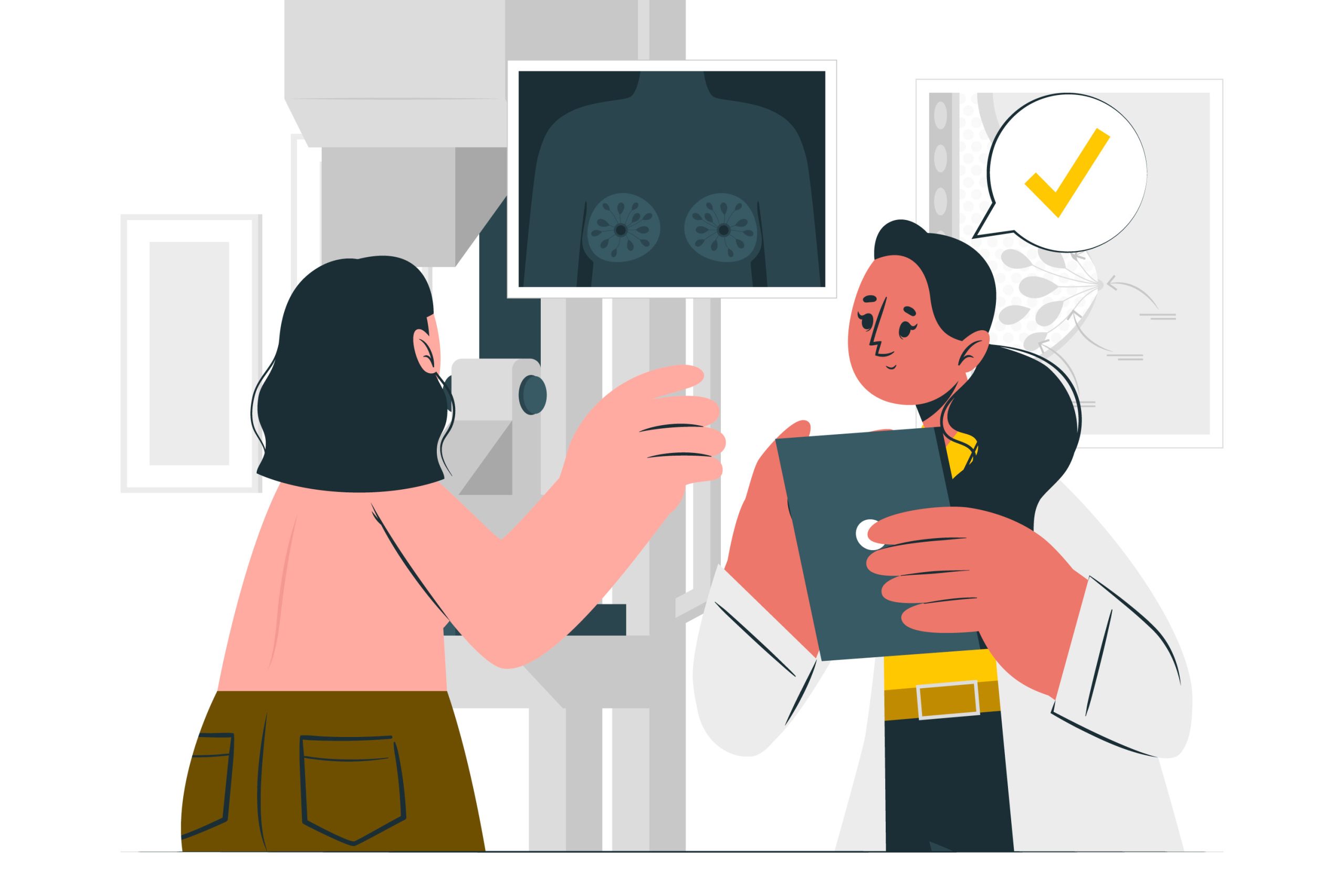Thermal imaging inspection has become a valuable tool in various fields, from home inspections to industrial maintenance. In this comprehensive guide, we’ll take you through the fundamentals of thermal imaging inspection, its applications, benefits, and how it works. Whether you’re a homeowner looking to understand the process better or someone considering a career in inspection services, this beginner’s guide will provide you with the knowledge you need.
What is Thermal Imaging Inspection?
Thermal imaging inspection, often referred to as thermography, is a non-contact, non-destructive testing technique used to capture and record the thermal patterns emitted by objects and surfaces. These patterns are displayed as images called thermograms, which represent variations in temperature. This technology relies on the principle that every object emits infrared radiation (heat) based on its temperature.
Why is it Important?
Thermal imaging inspection is crucial for various reasons. It allows us to detect hidden problems, assess equipment and structures, and prevent potential disasters. Its non-invasive nature, efficiency, and versatility make it a valuable tool in multiple industries.
How Thermal Imaging Works
Infrared Radiation
To understand thermal imaging, you need to grasp the concept of infrared radiation. All objects with a temperature above absolute zero (-273.15°C or -459.67°F) emit infrared radiation. The hotter an object is, the more radiation it emits. Thermal cameras are designed to capture this radiation and convert it into a visual representation of temperature variations.
Thermal Cameras
Thermal cameras, also known as infrared cameras or thermographic cameras, are the primary tools used in thermal imaging inspection. These cameras contain special sensors that can detect infrared radiation. The collected data is processed to create thermal images that display different temperatures as distinct colors or shades.
Image Interpretation
Interpreting thermal images requires expertise. Thermograms are often displayed in a color palette, with each color representing a different temperature range. Understanding these color codes and patterns is essential to identify anomalies and potential issues accurately.
Applications of Thermal Imaging Inspection
Home Inspections
Thermal imaging is commonly used in home inspections to identify issues such as heat loss, water leaks, electrical problems, and insulation deficiencies. It allows inspectors to uncover hidden problems that may not be visible to the naked eye.
Electrical Inspections
In the electrical industry, thermal imaging is used to detect overheating components in electrical panels and systems. This helps prevent electrical fires and equipment failures.
Mechanical Inspections
Thermal imaging is invaluable in assessing the condition of mechanical equipment like motors, pumps, and bearings. It can identify overheating parts and predict when maintenance or replacement is necessary.
Building and Roof Inspections
In construction and building maintenance, thermal imaging can reveal issues with roofing systems, moisture intrusion, and structural defects. It aids in maintaining the integrity of structures.
Wildlife and Conservation
Thermal imaging is also used in wildlife research and conservation efforts. It helps track and study nocturnal animals, assess animal health, and monitor biodiversity in various ecosystems.
Benefits of Thermal Imaging Inspection
Early Problem Detection
One of the primary benefits of thermal imaging inspection is its ability to detect issues before they become serious problems. By identifying temperature anomalies, inspectors can address potential issues early, saving time and money.
Safety and Efficiency
Thermal imaging allows inspectors to assess equipment and structures without physical contact, reducing safety risks. It also provides a quick and efficient way to inspect large areas or systems.
Cost Savings
Identifying and addressing problems early can lead to significant cost savings in maintenance and repairs. Preventing equipment failures or structural issues can be far less expensive than fixing them after they occur.
Non-Invasive
Unlike some inspection methods that require disassembly or physical access, thermal imaging is non-invasive. It doesn’t disrupt operations or damage the inspected object or structure.
Environmental Benefits
Thermal imaging can contribute to environmental conservation efforts. By identifying energy inefficiencies and heat loss in buildings, it can lead to reduced energy consumption and a smaller carbon footprint.
Preparing for a Thermal Imaging Inspection
Equipment and Tools
To perform a thermal imaging inspection, you’ll need the right equipment. This includes a high-quality thermal camera, a laptop or device for image analysis, and a tripod or mounting equipment for stability during image capture.
Environmental Conditions
Environmental factors can affect the accuracy of thermal imaging. Inspections should ideally be conducted in stable weather conditions, as wind, rain, or extreme temperatures can interfere with the results.
Safety Precautions
Safety is paramount during thermal imaging inspections. Inspectors should wear appropriate personal protective equipment and follow safety guidelines to prevent accidents.
Interpreting Thermal Images
Common Issues and Anomalies
Inspectors must be able to recognize common thermal anomalies, such as overheating electrical components, moisture intrusion, and insulation defects. Proper training and experience are essential for accurate interpretation.
Understanding Color Palettes
Thermal cameras use color palettes to represent temperature variations. Common palettes include grayscale, rainbow, and ironbow. Understanding the palette used in the thermogram is crucial for accurate analysis.
Report Generation
After the inspection, a detailed report is typically generated, including annotated thermal images and descriptions of any anomalies found. This report is essential for communicating findings to clients or stakeholders.
Conclusion
Thermal imaging inspection is a powerful technology with applications spanning various industries. Its ability to detect hidden problems, enhance safety, and contribute to cost savings makes it an invaluable tool for inspections. As technology continues to advance, the future of thermal imaging inspection holds even more promise, with improvements in camera capabilities and analysis software.
Understanding thermal imaging inspection is essential for homeowners, professionals, and anyone interested in the world of inspections. This beginner’s guide has provided you with the foundational knowledge to appreciate the significance of thermal imaging and its wide-ranging applications. Whether you’re considering a career in thermal imaging inspection or simply want to be an informed homeowner, you now have the essential knowledge to get started.
